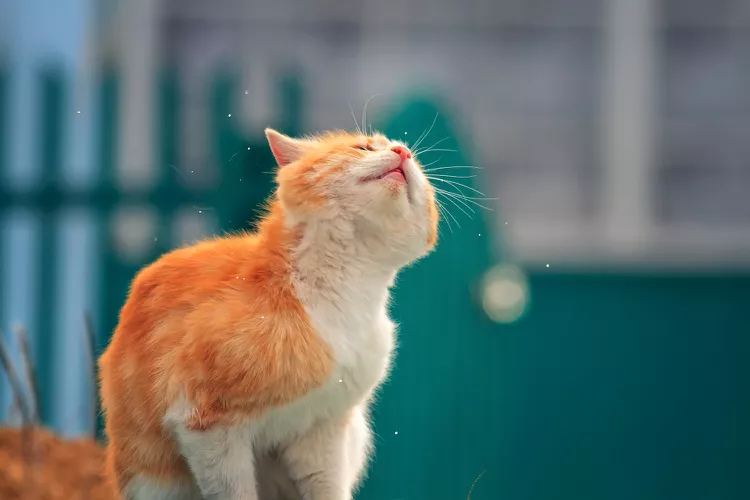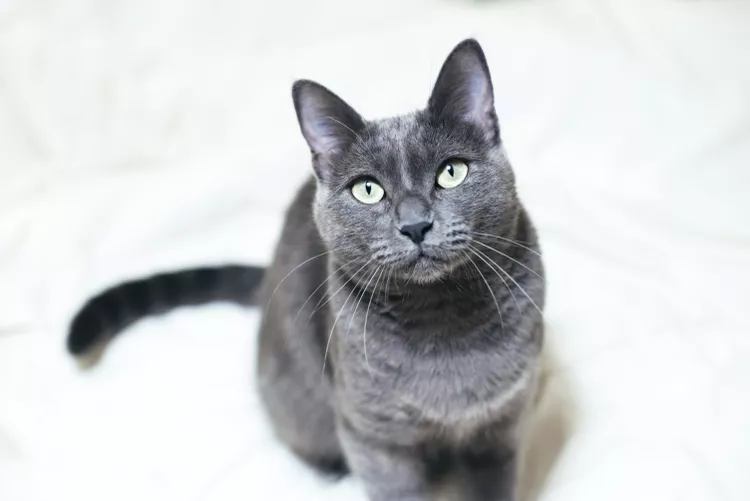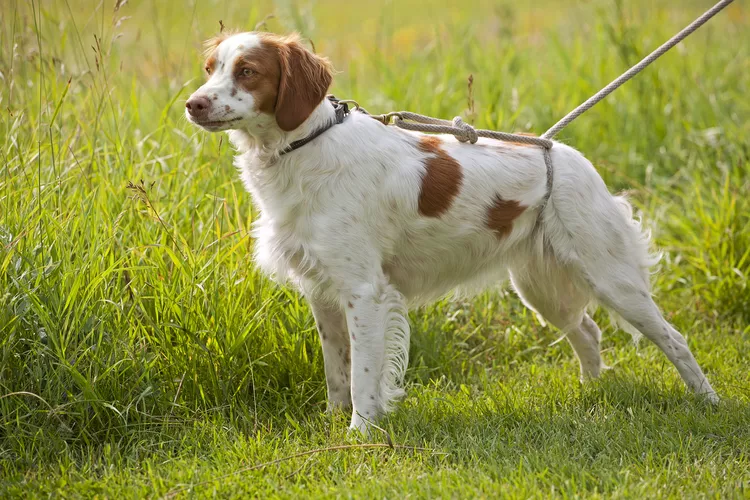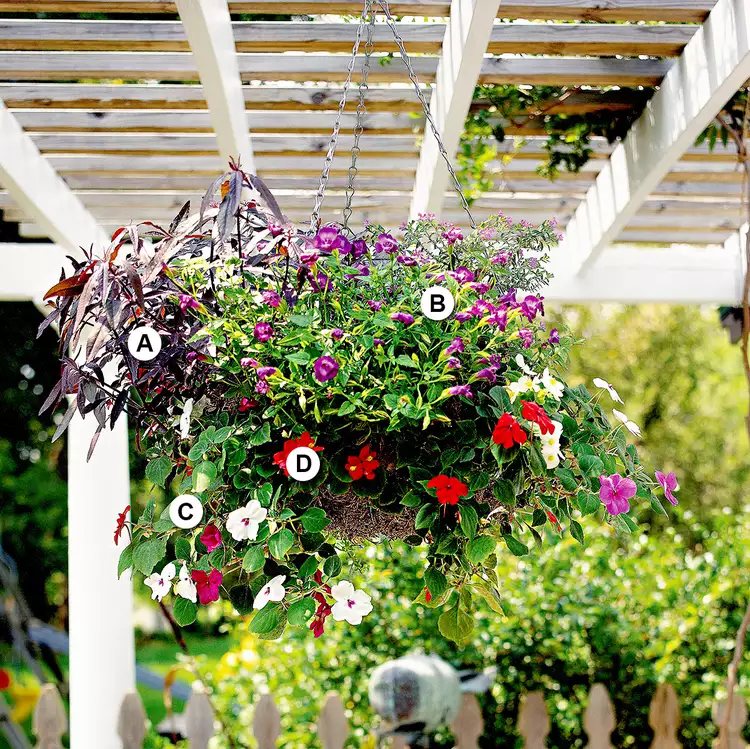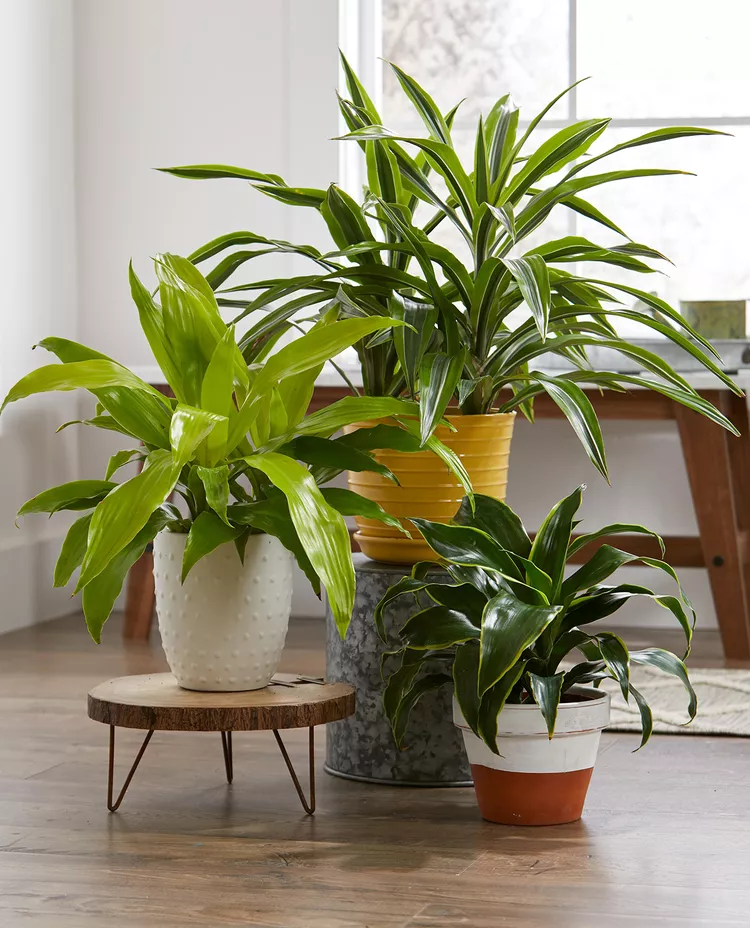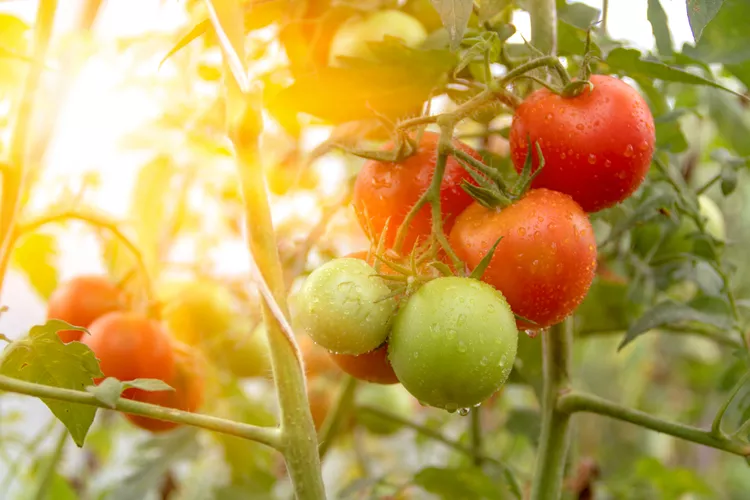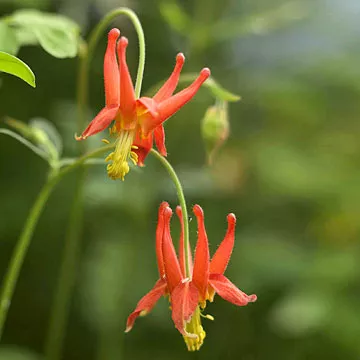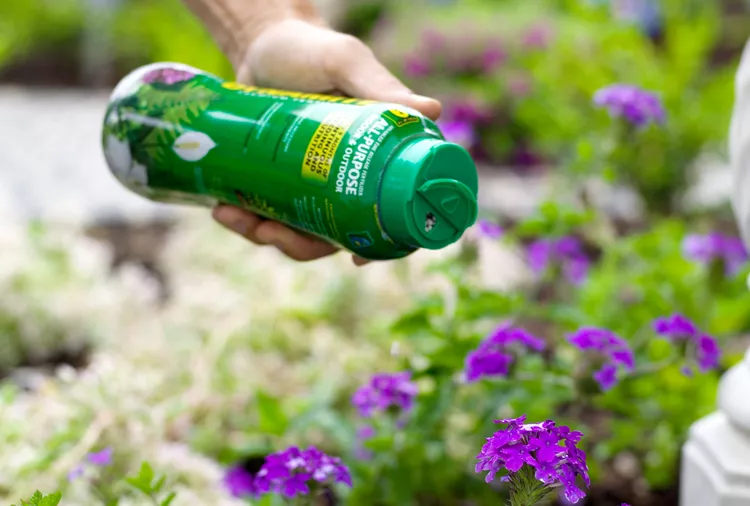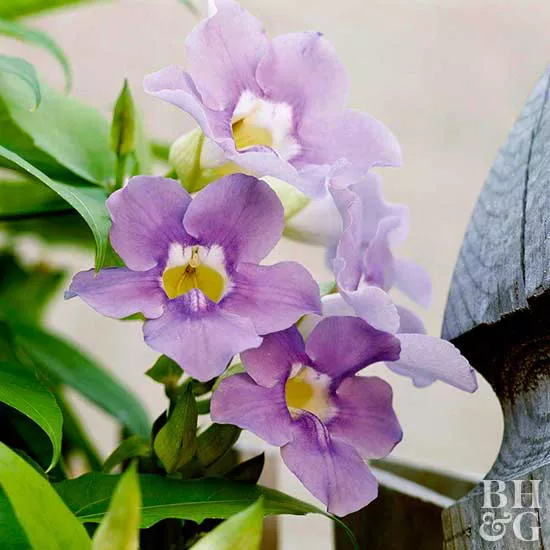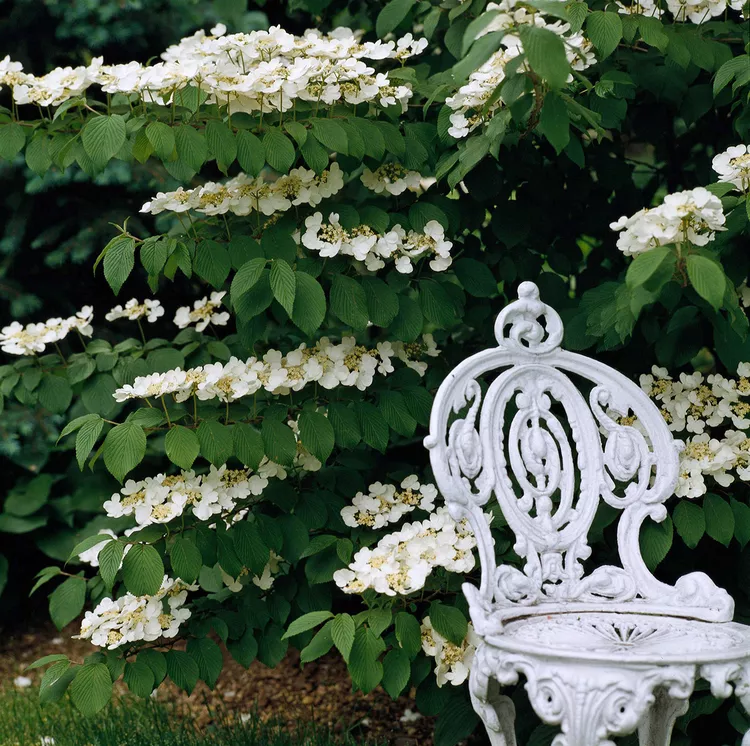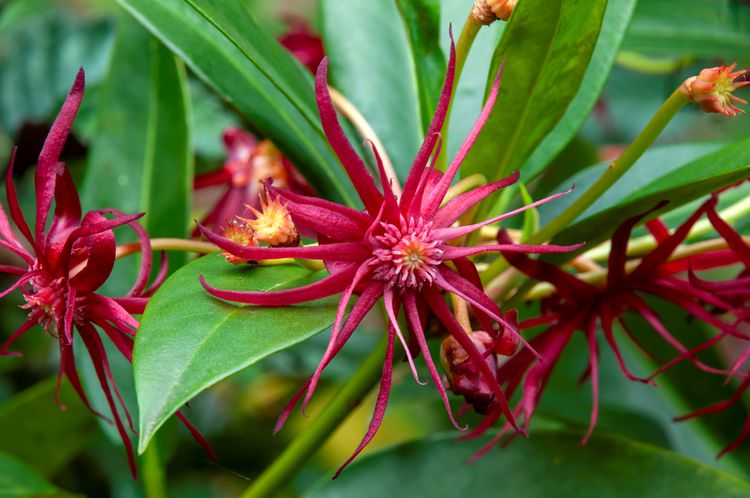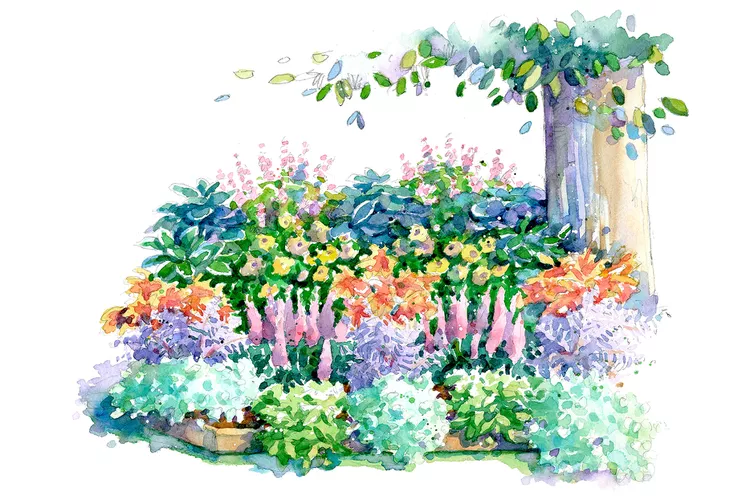Picking a sweet, ripe strawberry straight from your garden is a delightful treat for the home gardener. Unfortunately, the very things that make us love strawberries also make these fruits popular among garden pests. The good news is that you can mitigate pests with companion plants for strawberries and keep your fruit safe until you're ready to harvest.
By understanding the specific growing needs of your strawberries, you can choose the suitable vegetables, flowers, and herbs to grow to maximize your harvest and cut down on gardening chores. The following offer different benefits so you can choose the right companion plants for strawberries to meet your gardening needs.
Alliums
There has been some evidence that plants in the allium family (such as chives, leeks, and onions) may help suppress diseases like fusarium wilt in nearby strawberries. The strong odor of these plants is also well-known to be a natural way to repel garden pests, including slugs and aphids.
But not all insects hate the smell of onions. Bees and other pollinators happen to love chive flowers, and planting chives near your strawberries can increase pollination rates and help you grow a larger harvest of berries.
Asparagus
Asparagus is a good companion plant for strawberries because they have similar growing requirements. What’s more, these two plants have vastly different root structures, and they won’t interfere with each other’s growth.
Both asparagus and strawberry plants are perennials in most growing regions, meaning you can create a more permanent planting arrangement by sowing these two plants together. Remember that asparagus has tall and wispy leaves, which may overshadow shorter strawberries. To avoid this, locate your strawberry plants in front of your asparagus plants to ensure they receive enough light.
Spinach
Strawberry and spinach salad is a quintessential springtime treat and if you love the flavor, it makes a lot of sense to grow these two plants together. Spinach and strawberries are both cooler-season crops and are harvested in spring. They also have similar growing requirements, won’t compete with each other, and they’re both compact enough that they work well in in-ground beds and container planters alike.
Legumes
Legumes, such as beans and peas, improve garden soil due to their nitrogen-fixing properties. Sowing beans or peas around your strawberries can give your plants an easy nutrient boost and help them to grow more vigorously. For a beautiful display, try climbing pole beans in your garden and plant some strawberry plants in front of them to create a multi-tiered garden design.
Yarrow
Yarrow is a charming ornamental plant with large, flat blooms that come in yellows, pinks, and white. When used as a companion plant for strawberries, yarrow will help to increase pollination rates by luring in bees and other pollinators.
Yarrow attracts beneficial insects, like predatory wasps, ladybugs, and lacewings. These predatory insects are the “good guys” in your garden and will help to keep aphids and other destructive pests in check.
Dill
Like yarrow, dill and other members of the carrot family are wonderful for attracting beneficial insects that naturally control troublesome pests. Hoverflies and other helpful insects are mostly attracted to dill’s flowers, so consider leaving your dill in your garden after it bolts in the summer heat. Even when it’s no longer edible for you, it will still do wonders for controlling pests in your strawberries.
Borage
Borage is usually kept as an ornamental plant or grown for its edible, periwinkle-blue flowers. However, this powerhouse plant offers many other benefits when cultivated as a companion plant for strawberries.
Highly attractive to pollinators and beneficial insects, borage can boost your strawberry harvest and help keep pests in line. Additionally, borage is known to boost the growth of many different plants, including strawberries.
Thyme
When in bloom, thyme’s flowers are particularly appealing to pollinators and beneficial insects, like syrphid flies. Syrphid fly larvae naturally prey on aphids, so if you’re struggling with aphids, planting thyme as a companion plant for strawberries can help keep your plants pest-free.
Additionally, thyme’s low growth habit makes it an excellent living mulch. Sowing plants like creeping thyme around your strawberries can keep weeds in check, conserve soil moisture levels, and help prevent erosion.
Marigolds
Marigolds are one of the top choices for natural pest control among home gardeners, and they are one of the best companion plants for strawberries. Marigolds' cheery orange and yellow flowers help to repel a wide variety of common pests, including deer, rabbits, and insects like thrips.
Standard marigolds can grow quite large, so if you're interplanting these flowers among your strawberry plants, you may want to look for dwarf varieties that grow between 6" and 12" high and are less likely to compete with your strawberries for the sun.
Crimson Clover
Crimson clover can be planted as a natural, living mulch around your strawberry plants to help suppress the growth of weeds. As a member of the legume family, crimson clover will also enhance your soil structure by boosting nitrogen levels and loosening up the soil, so your strawberry roots can grow better.
When in bloom, crimson clover is sure to attract pollinators and beneficial insects. The flowers also provide an ideal habitat for minute pirate bugs, which feed on thrips and other common pests.

